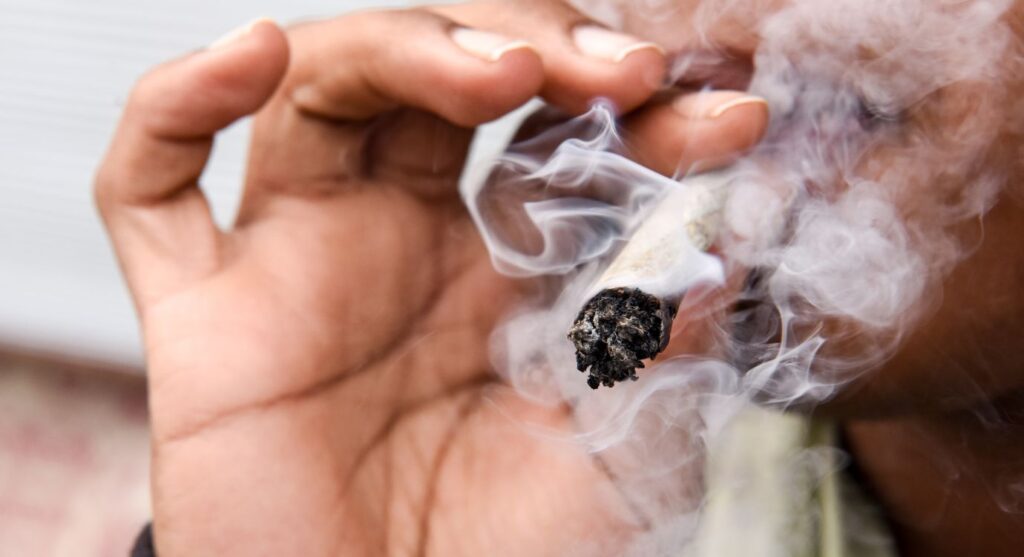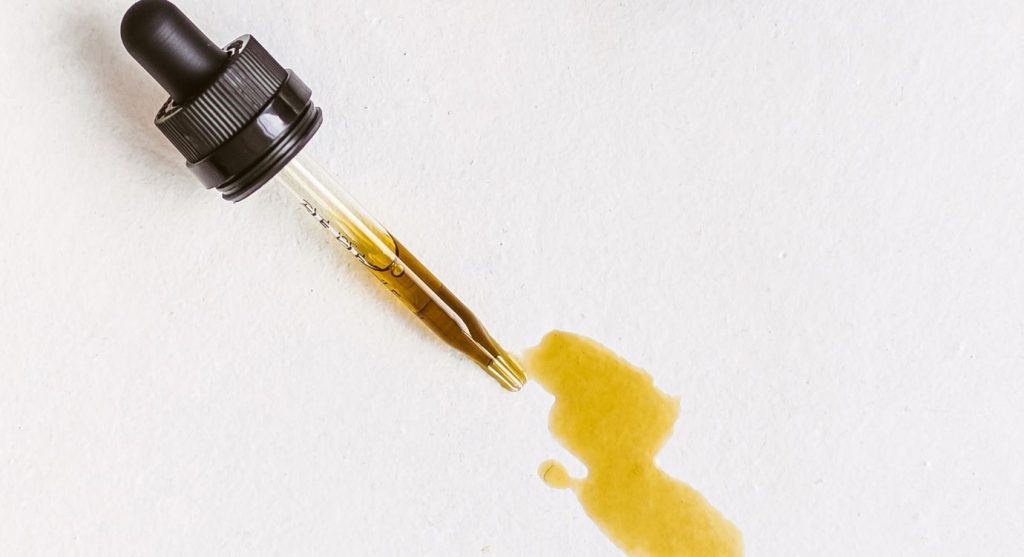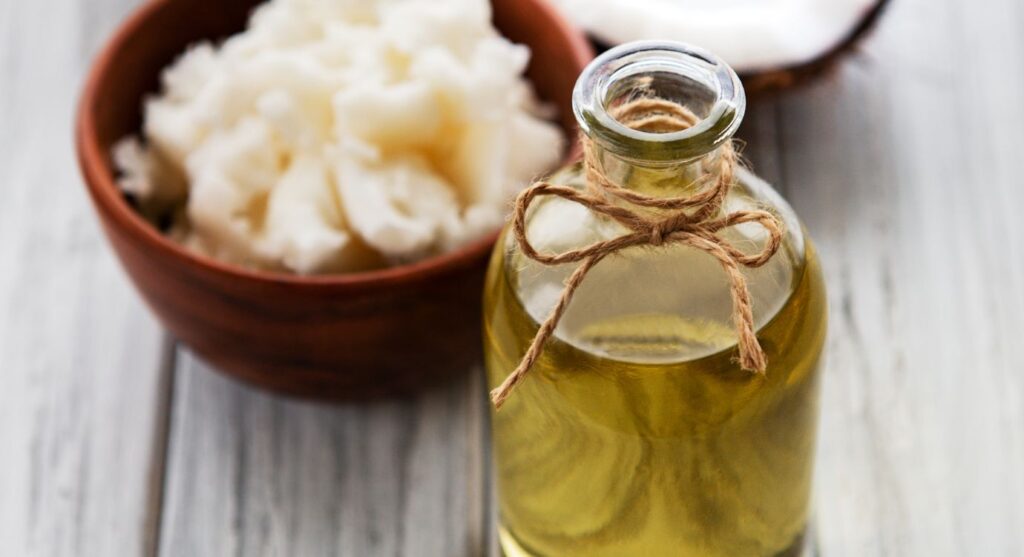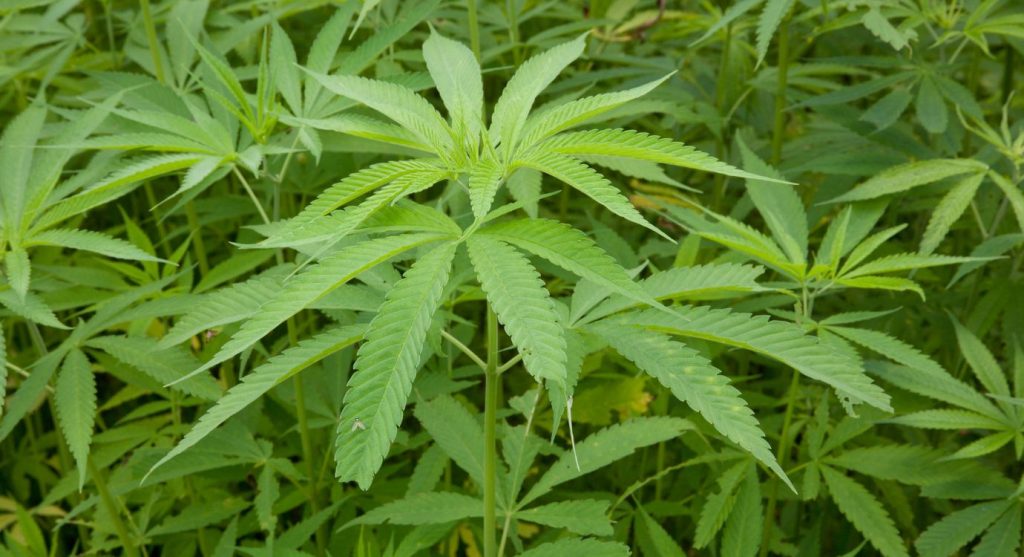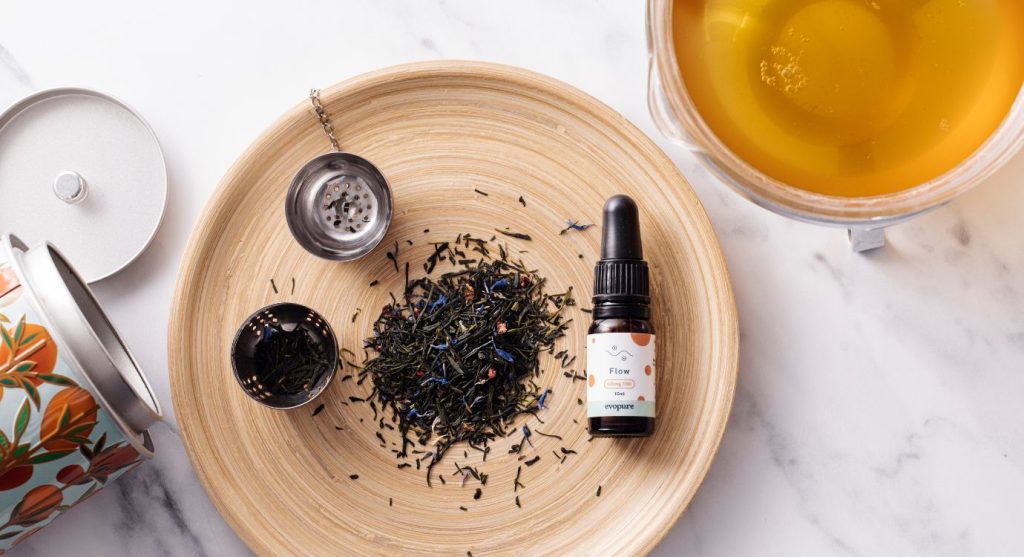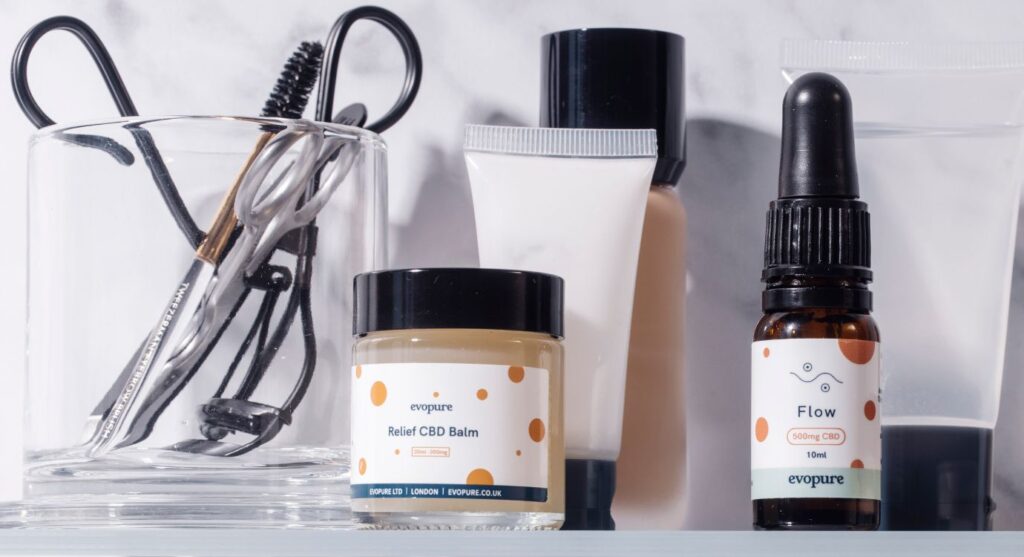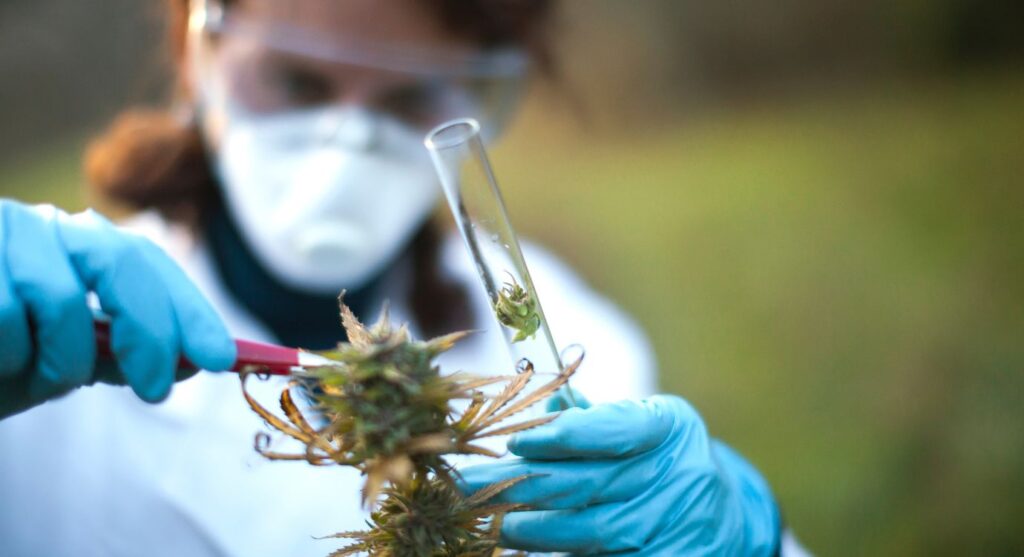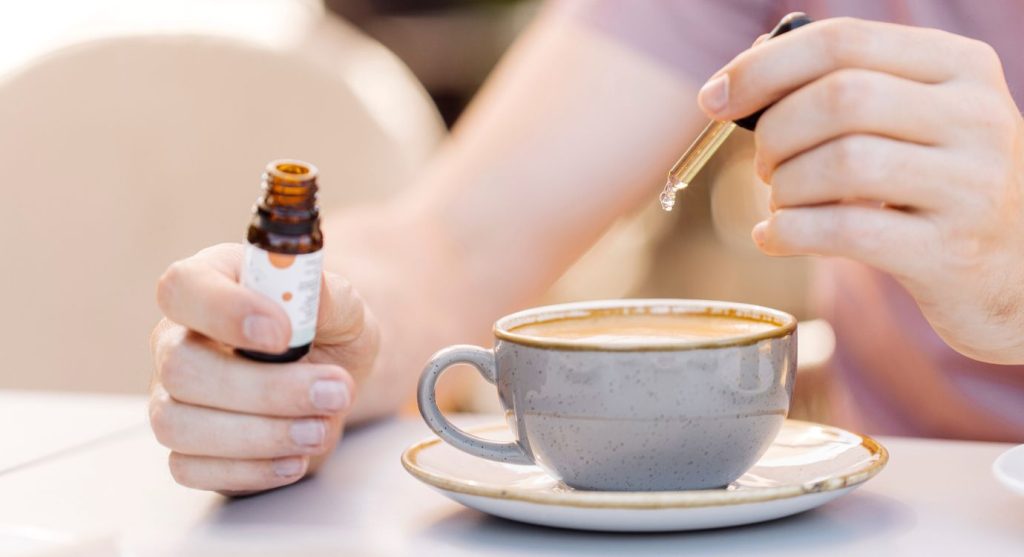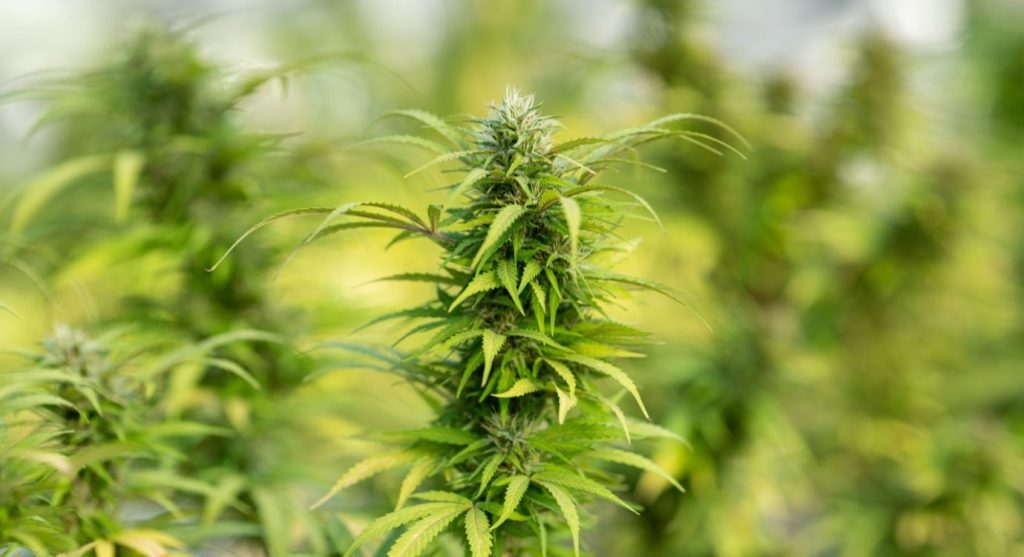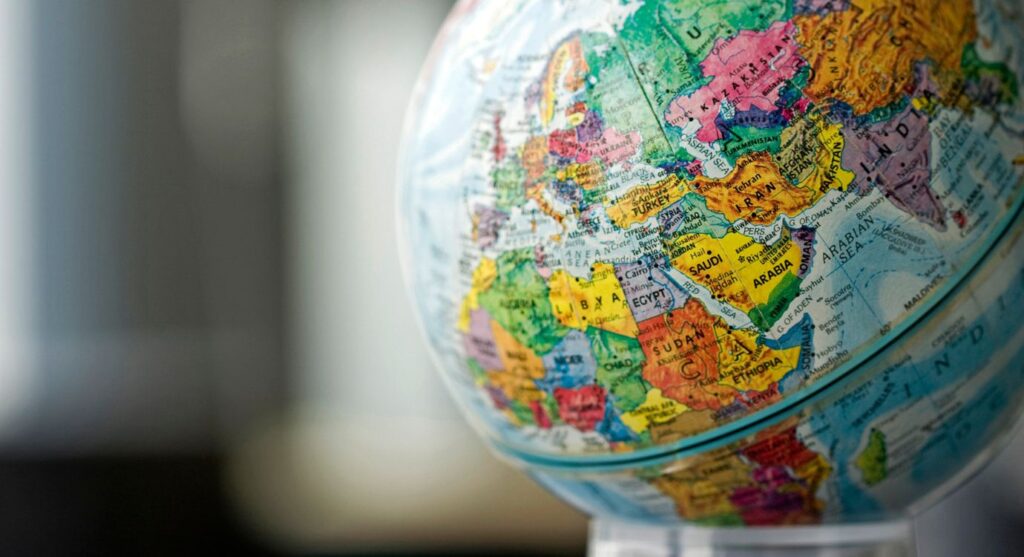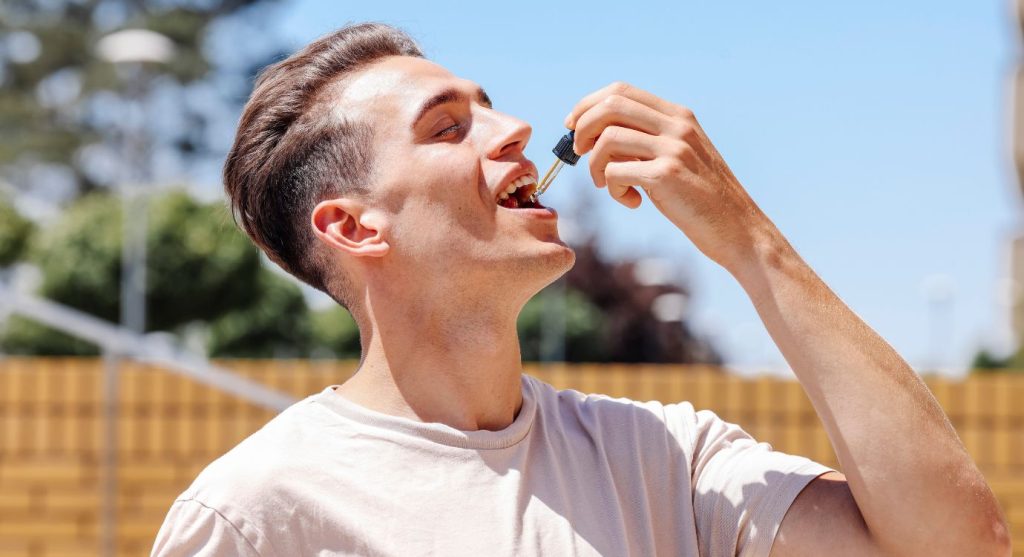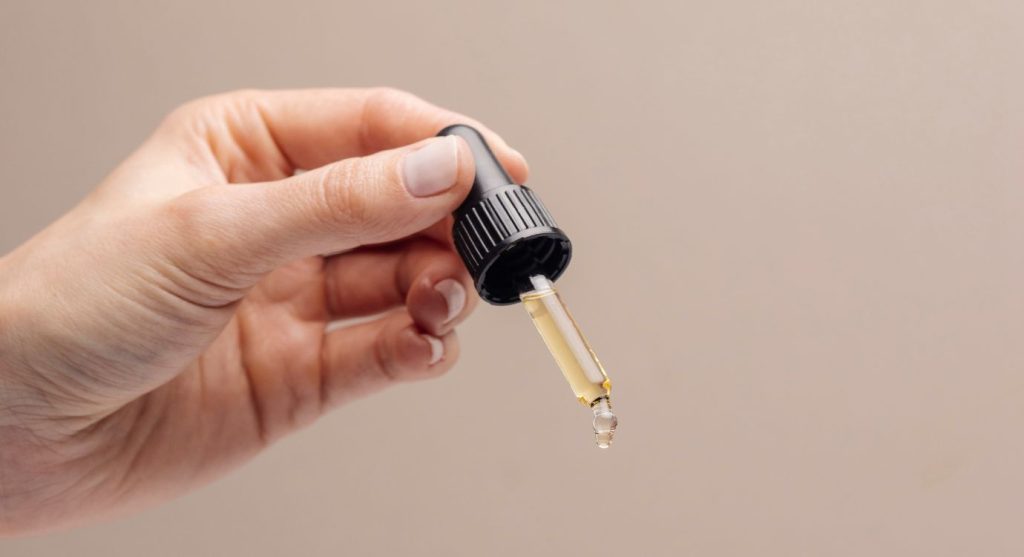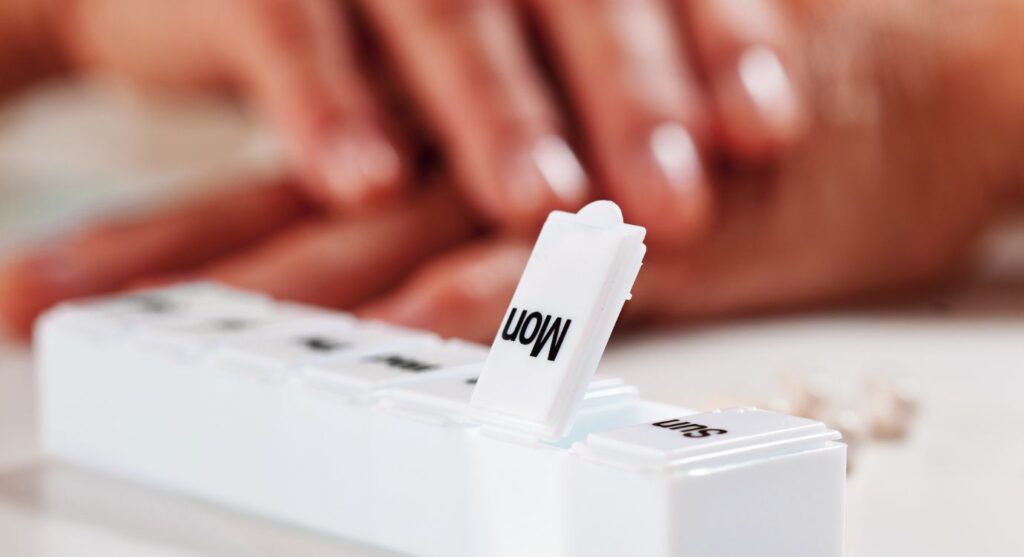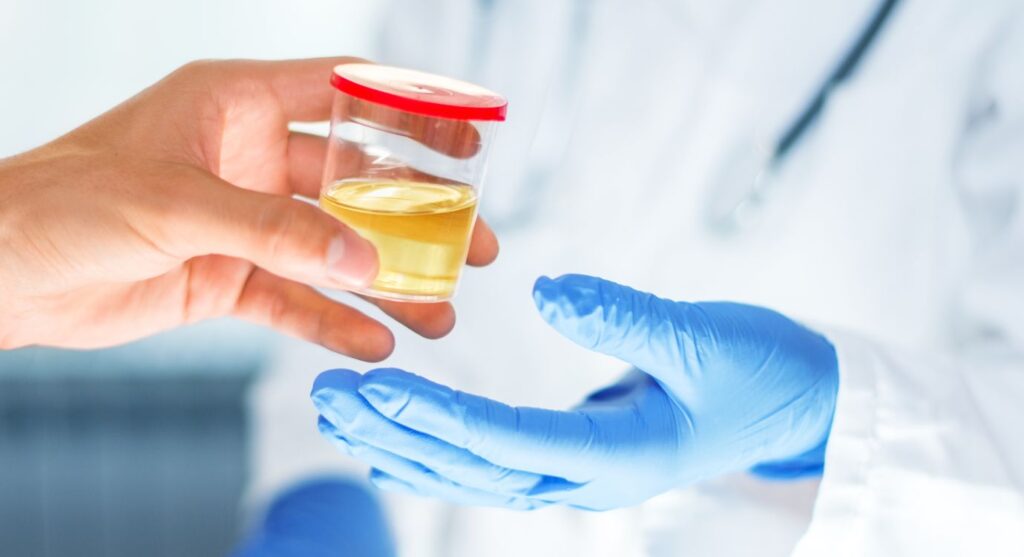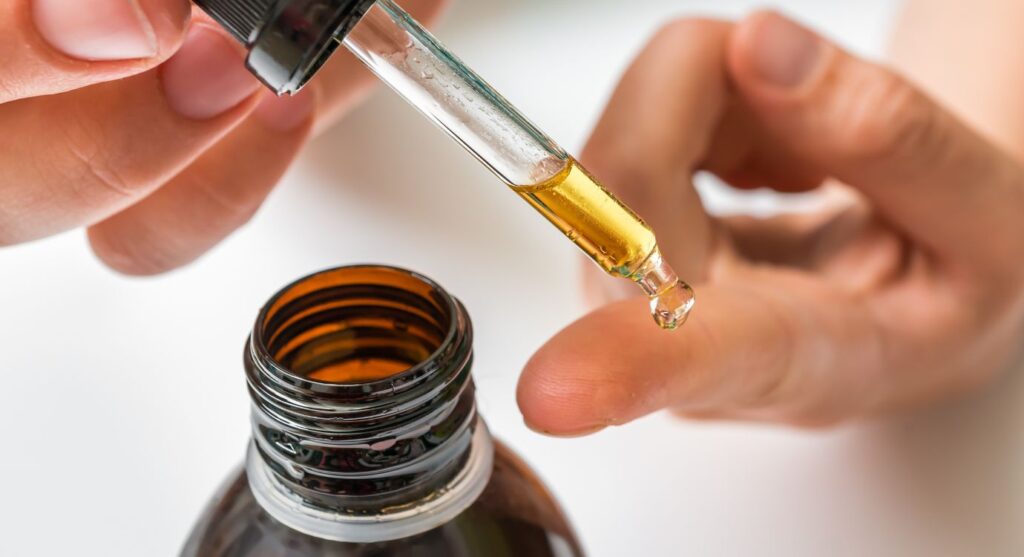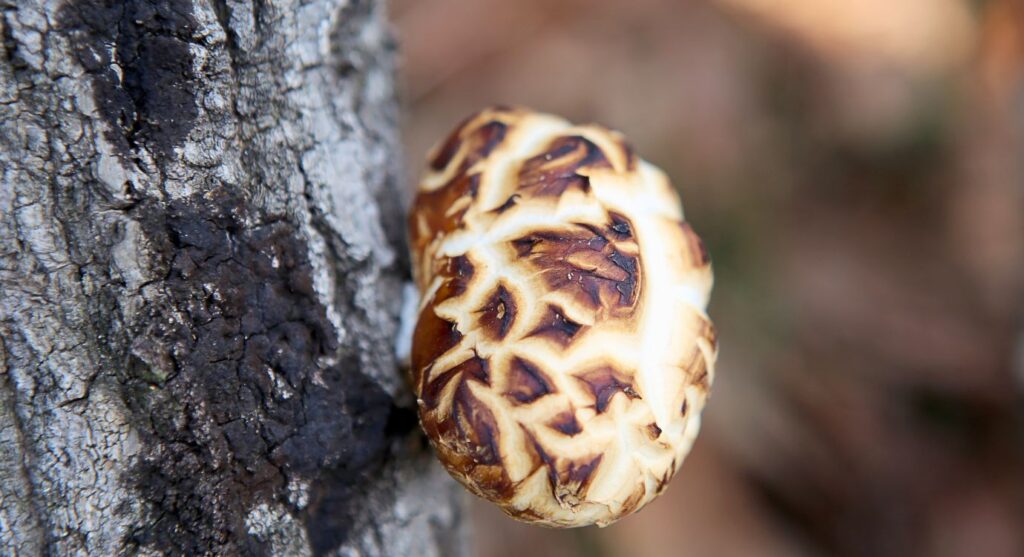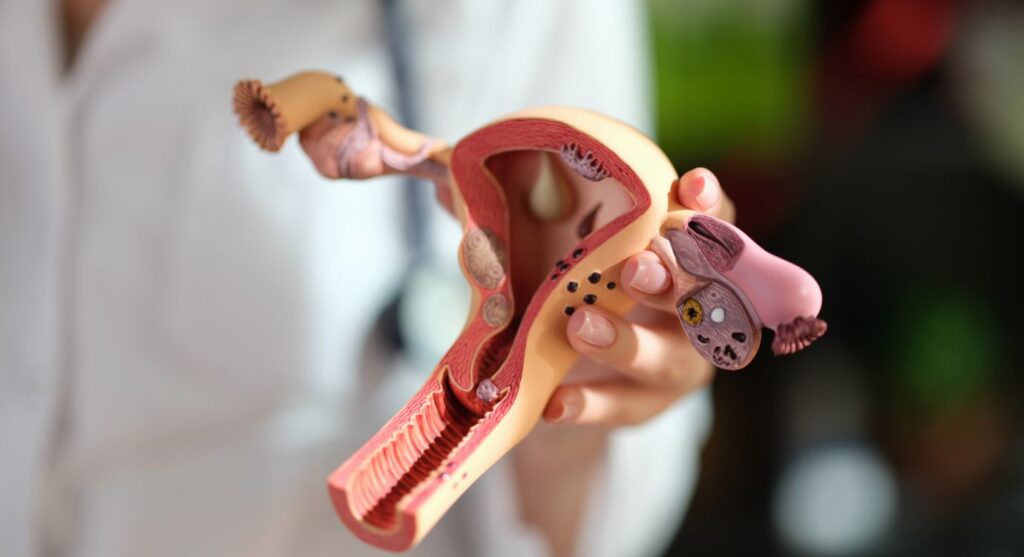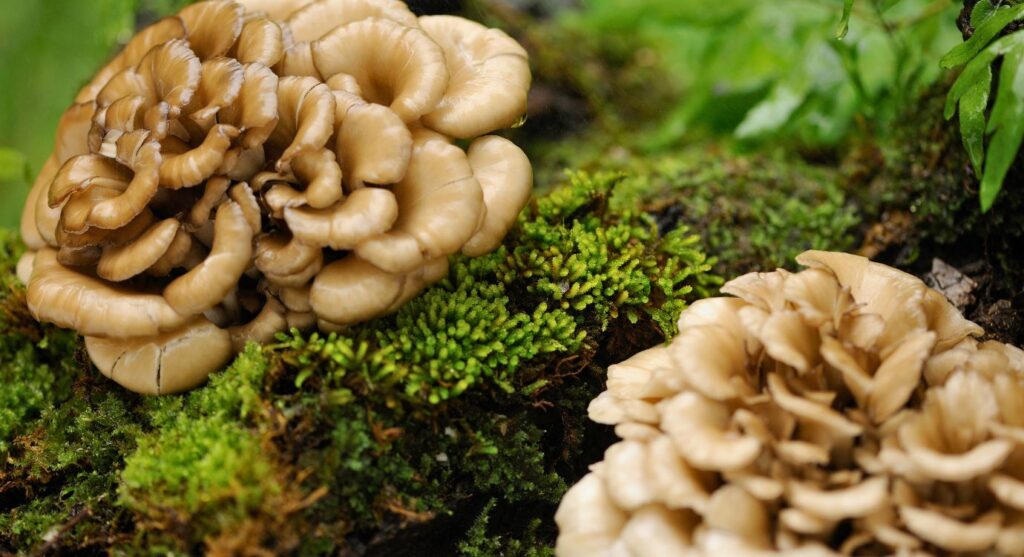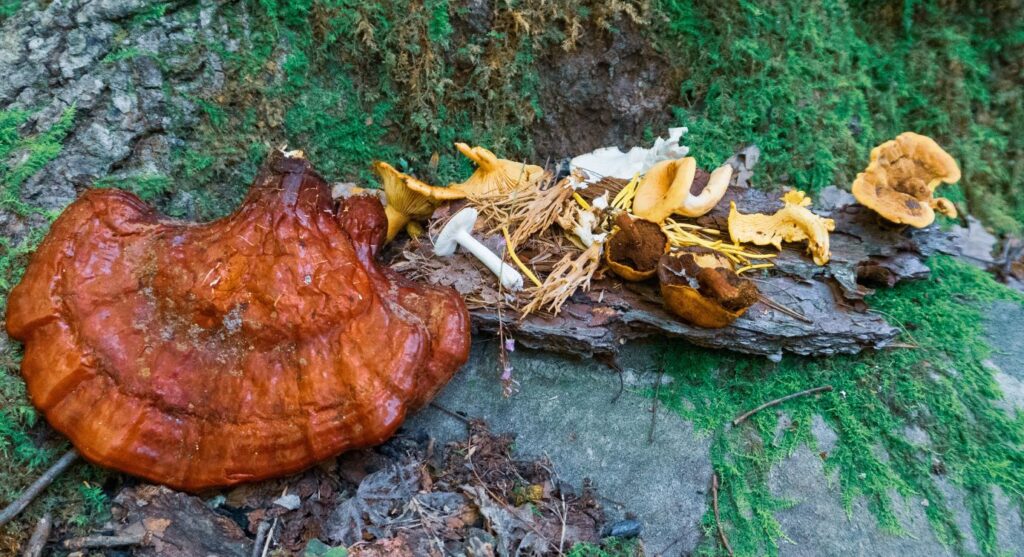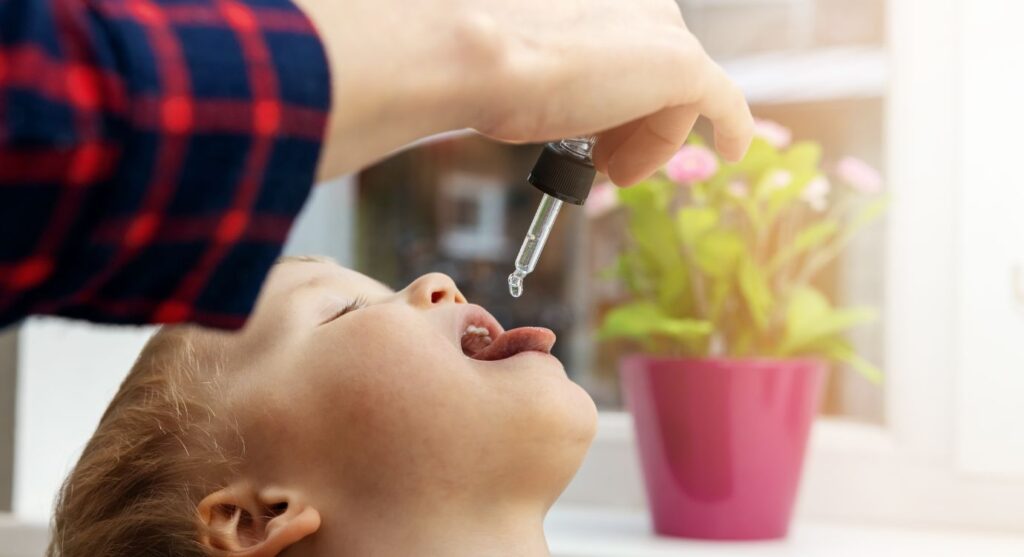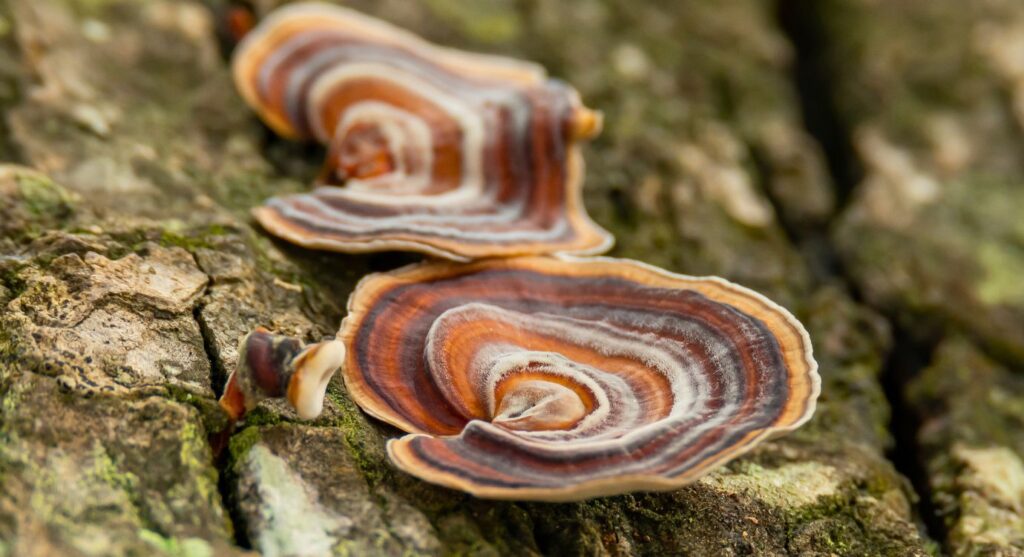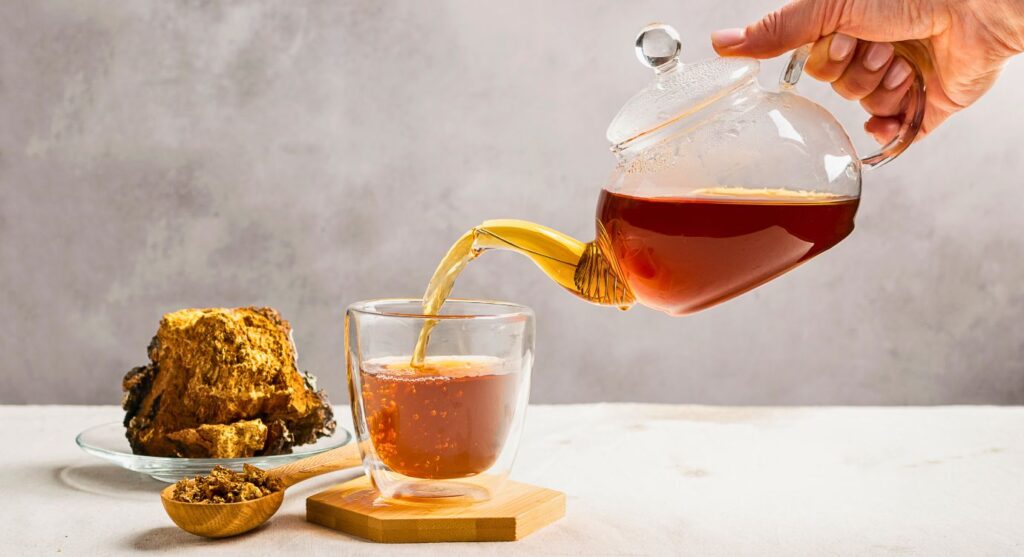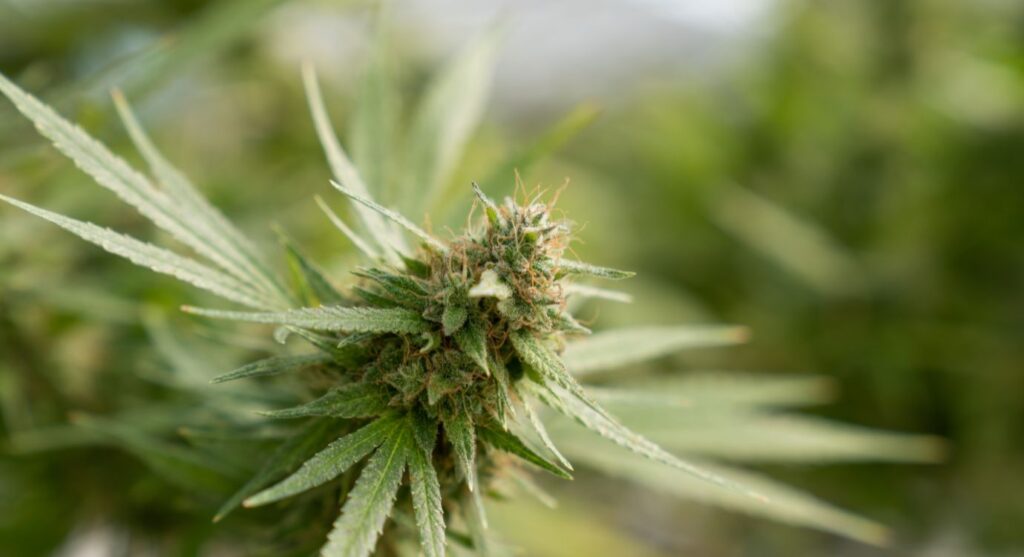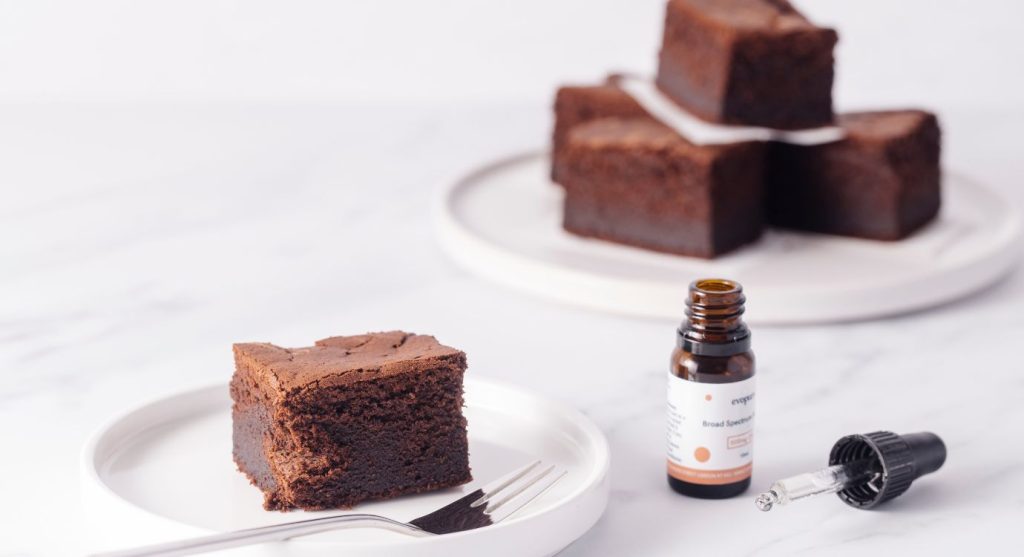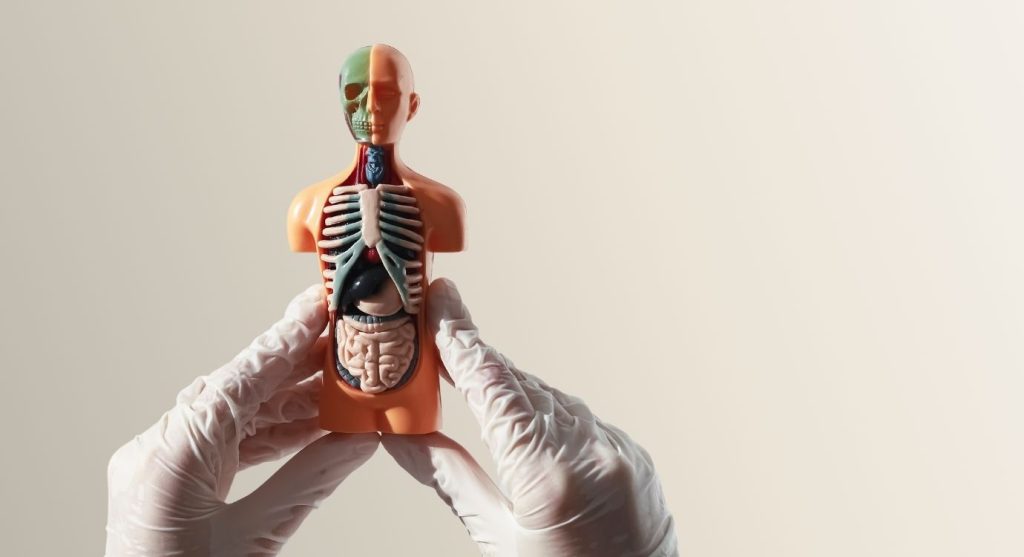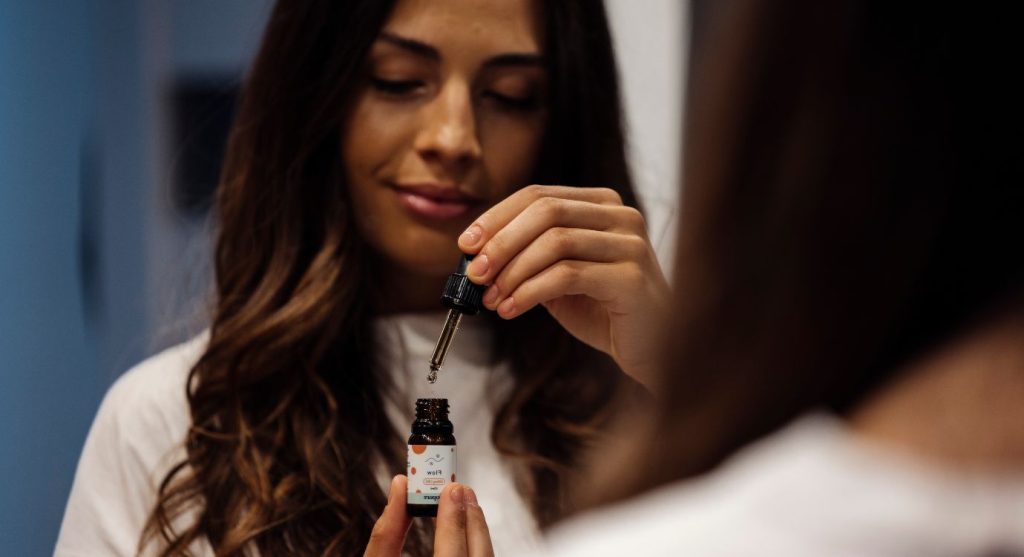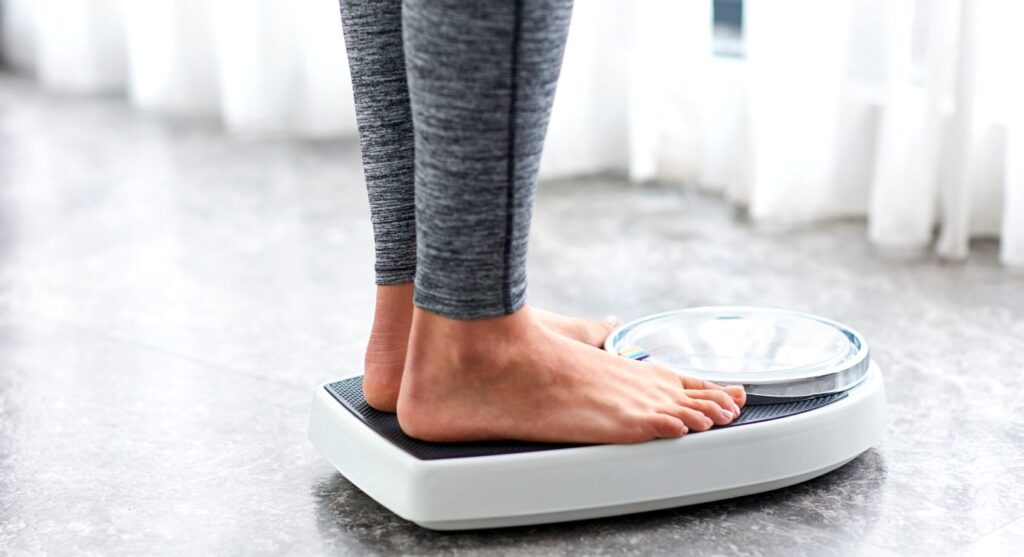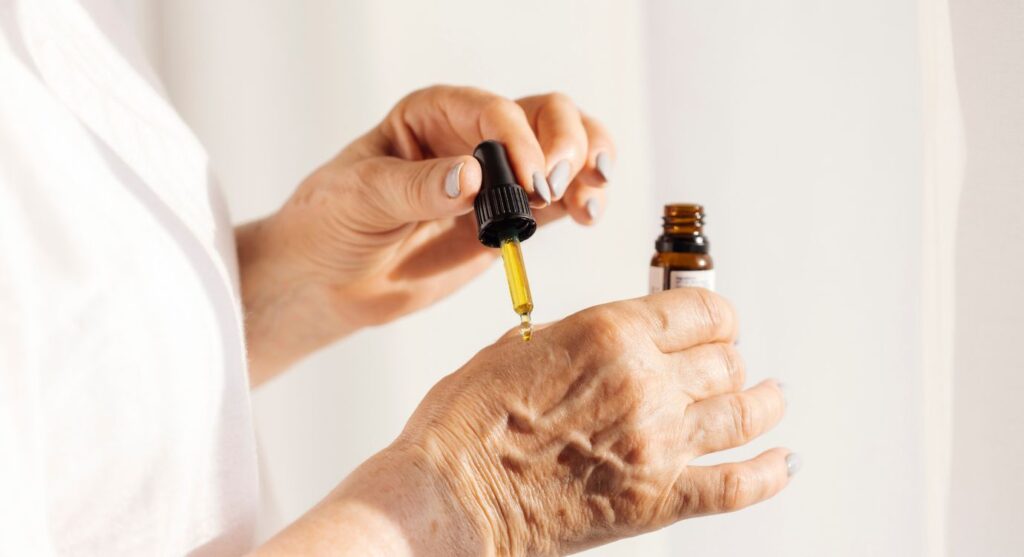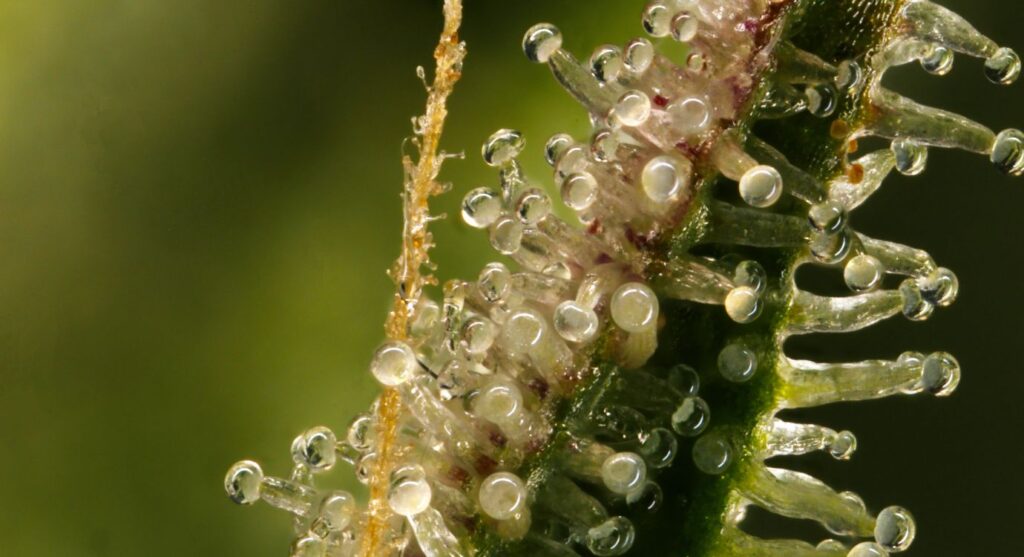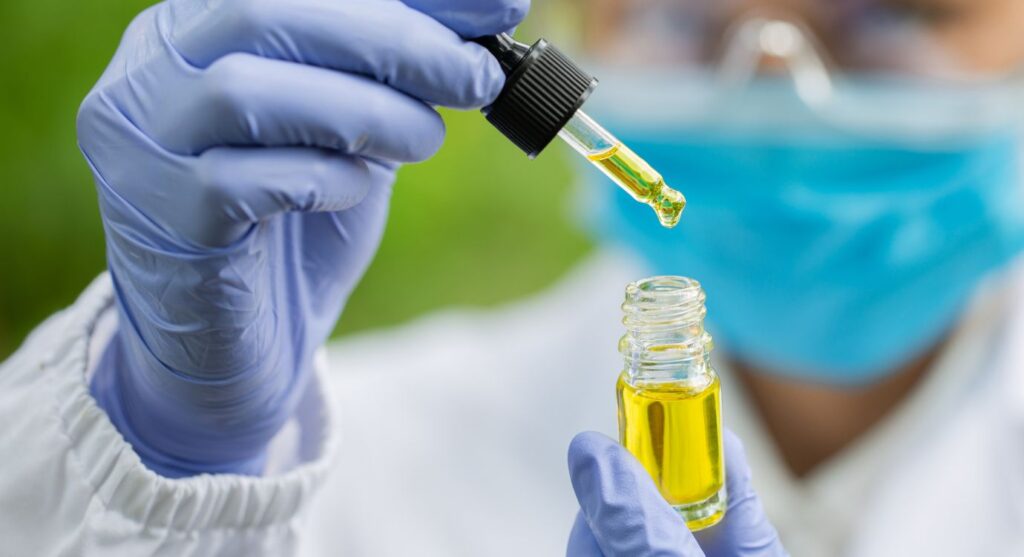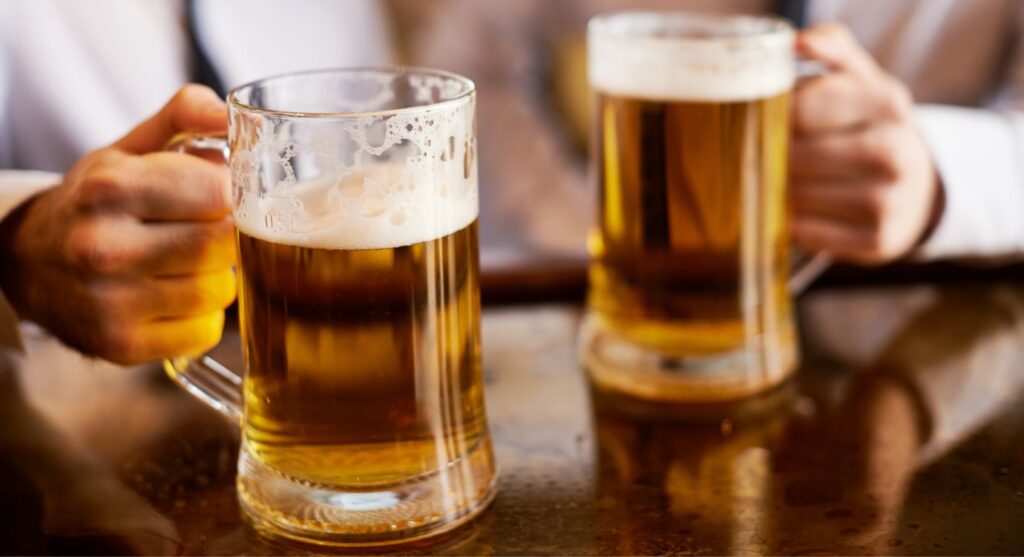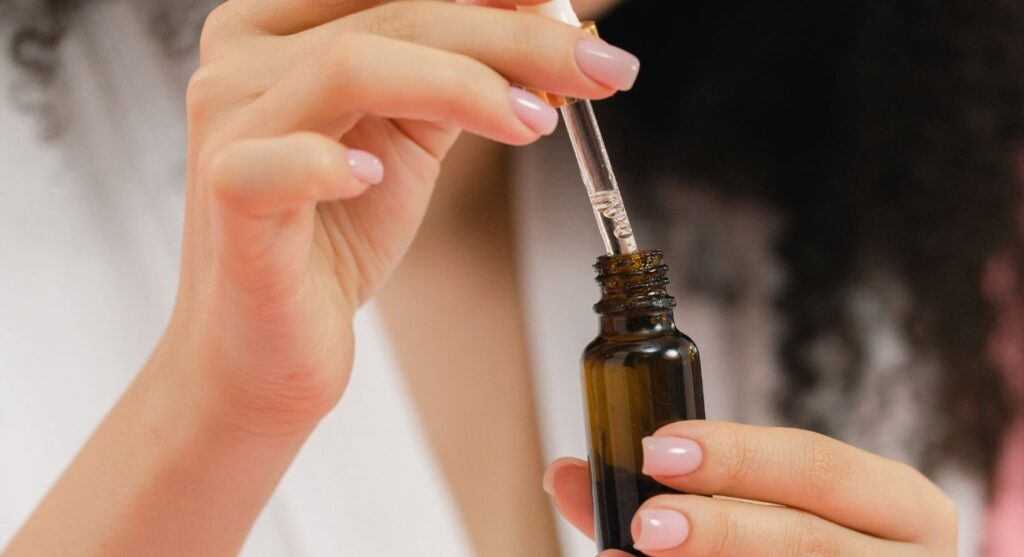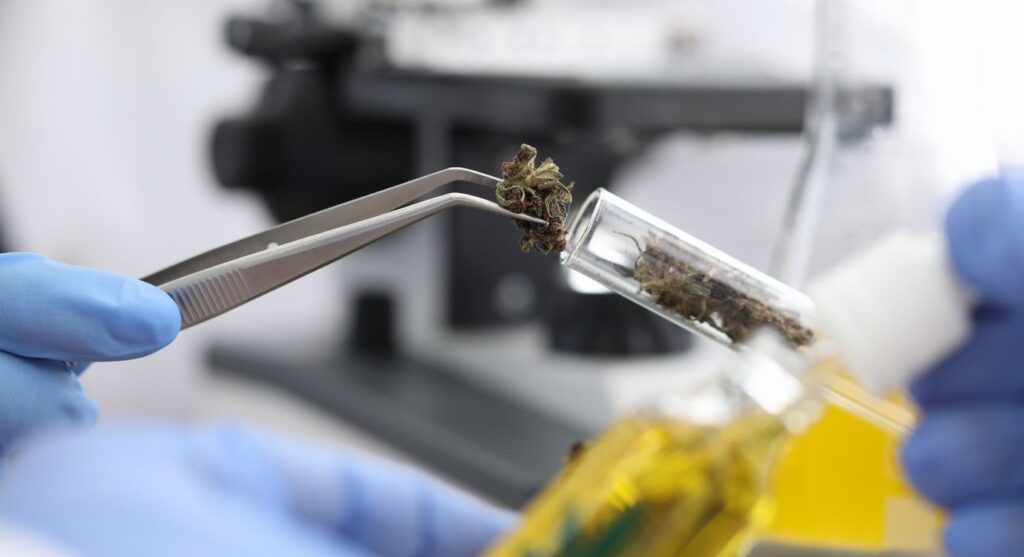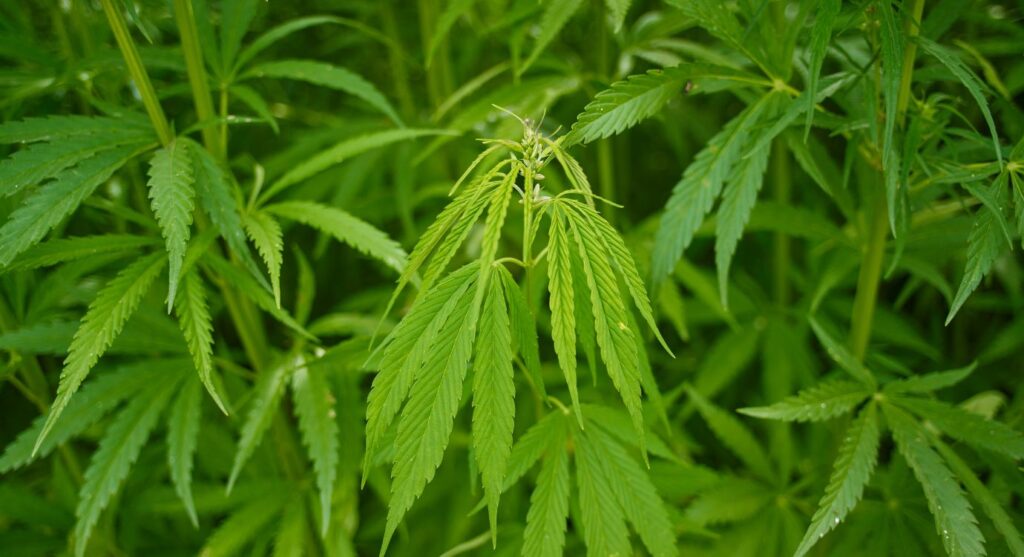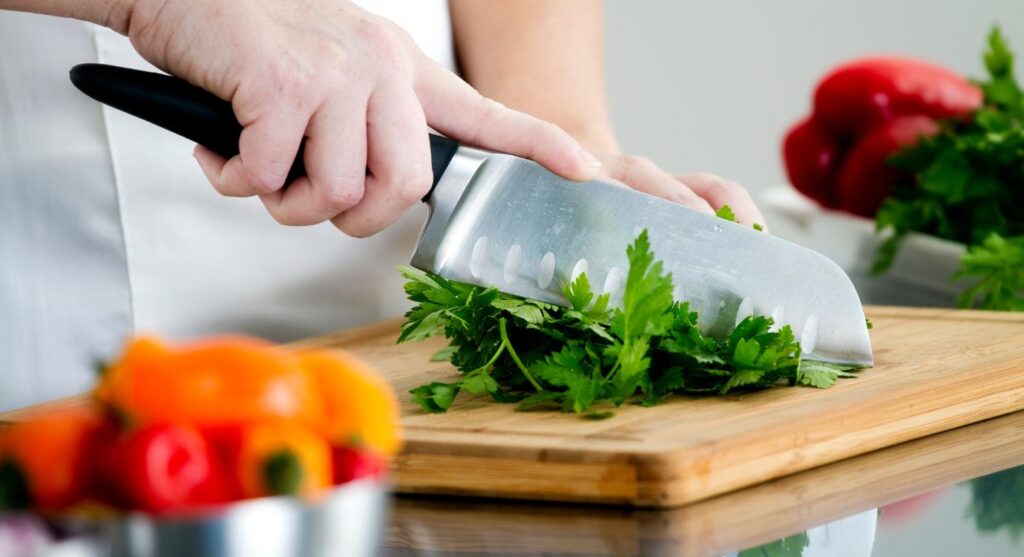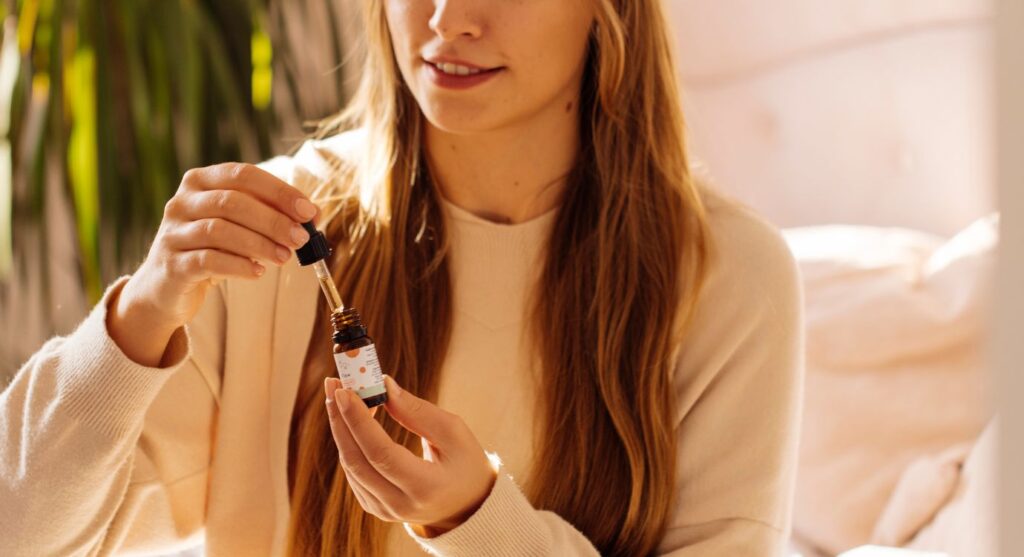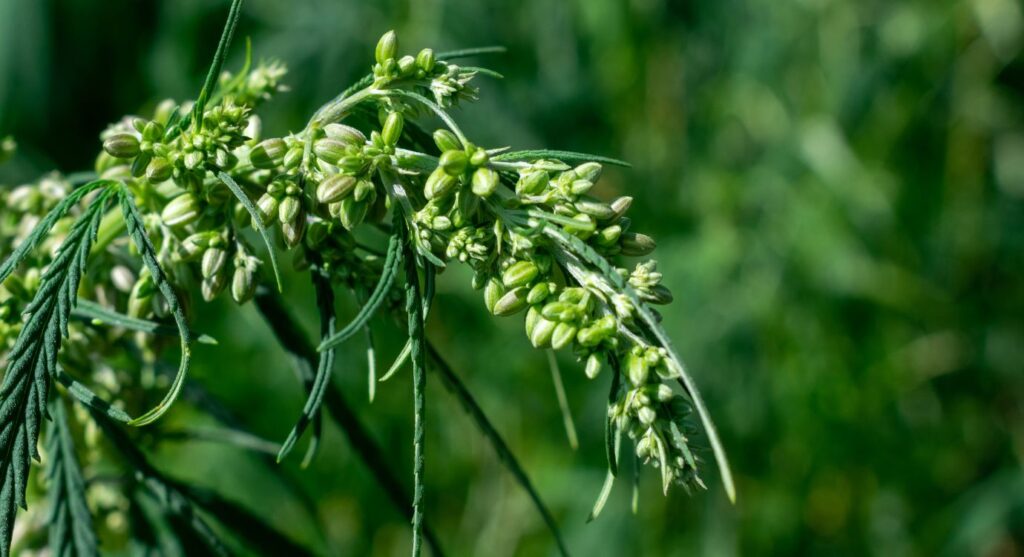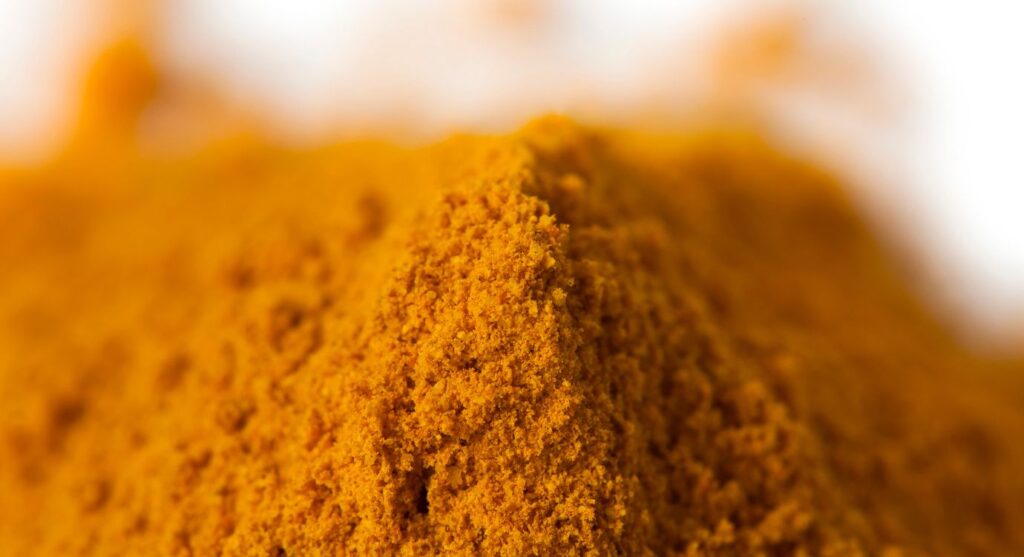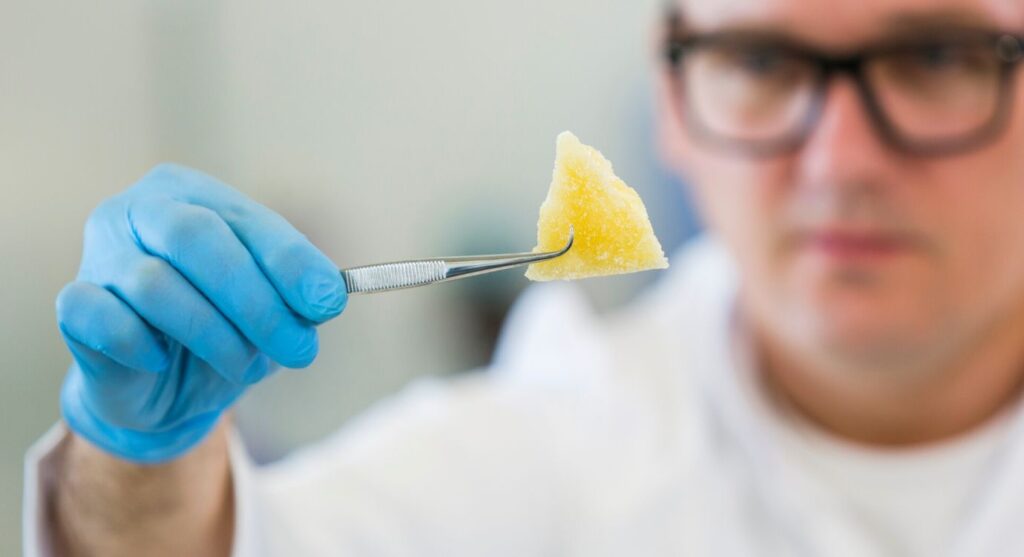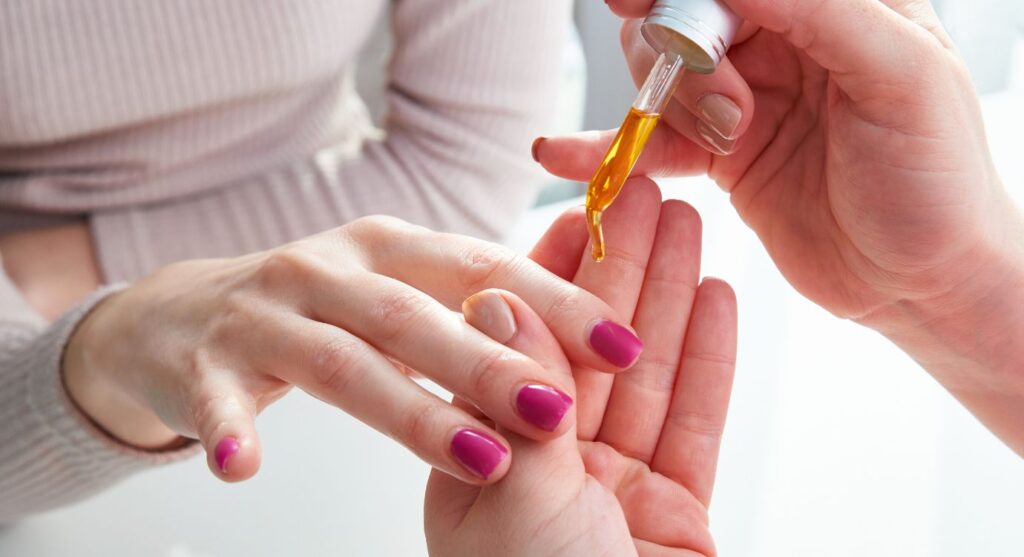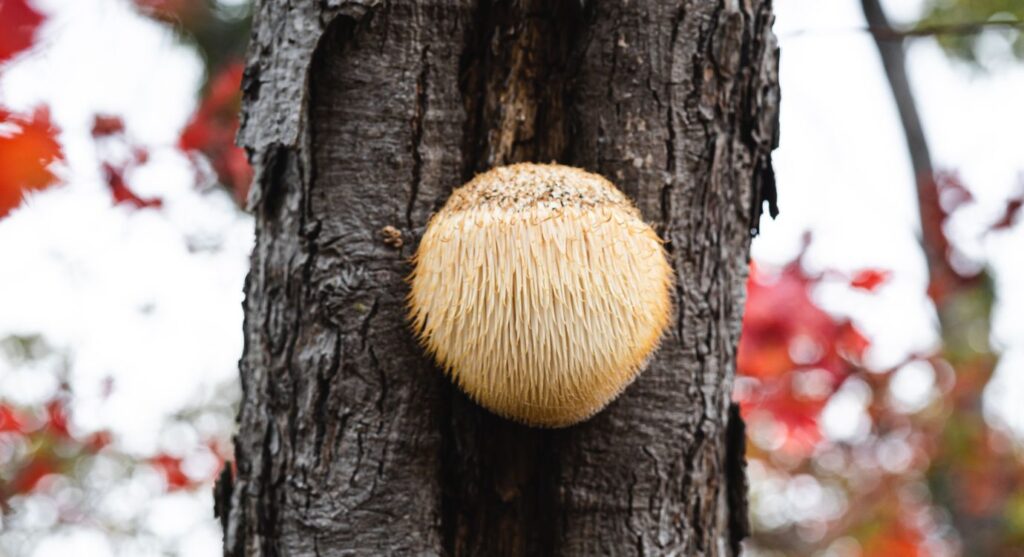Hemp and marijuana are both types of cannabis plants.
Both come from Cannabis Sativa L – a herbaceous, anemophilous plant belonging to the Cannabaceae family.
Both hemp and marijuana look almost the same – at least to the untrained eye.
So it’s unsurprising – to some extent – that confusion persists today.
Unfortunately, this often results in stigmatising hemp and its by-products – including CBD oil.
This is despite the fact that hemp and marijuana have completely different uses.
“Enough! Put us out of our misery! What are the differences?”
Let’s take a look at hemp vs marijuana…
In this guide:
What is hemp?
Hemp is a variant of the cannabis plant with a THC content of 0.2% or less. So, if you’re looking to feel a bit ‘fruity’ – wrong plant! It’s not hemp you’re after.
So, what is hemp for?
As it is low THC, hemp isn’t grown for psychoactive properties. This versatile and diverse plant is cultivated for industrial use and its derived products.
Hemp is actually one of the oldest known fibres: historical evidence indicates hemp has been used for clothing, ropes and other materials for over 10,000 years.
The crop was so important that during Henry VII’s reign of Britain, it was mandatory for every citizen of the UK to grow hemp to ensure the nation had a steady supply of the durable fibres available at all times.
But, history lesson over, today, the hemp variety of the cannabis plant is grown for both food and fibre to produce clothing, rope, seeds, paper, housing and construction materials, and other products.
There’s also been increased awareness of late around the transformative environmental potential and properties of the hemp plant.
Hemp is a highly efficient carbon sequester (which could be an incredible tool to help us reach Net Zero), can remediate depleted soil, and help improve wildlife diversity.
Hemp and CBD
This plant can really do it all. Hemp is also what produces our favourite cannabinoid – CBD.
All CBD products are extracted from hemp.
In the UK, for a CBD product to be legally sold, it must be produced via an EU-approved strain of industrial hemp.
Similarly, legal CBD products in the US need to be sourced from hemp grown by a licensed farmer.
While CBD can be extracted efficiently from the cannabis plant, hemp is used to ensure that the THC content of CBD oil remains at very low concentrations.
Read more: Is CBD legal in the UK
10% off on your first order
Complete this one-minute quiz and find the right products for you.
What is Marijuana?
Otherwise known as cannabis, pot, bud or grass, marijuana is the Yin to hemp’s Yang.
The high THC variant of the cannabis plant is known for its psychoactive properties and medical applications.
For the purposes of this blog, we’re referring to the plant as marijuana, but in general, you’ll notice we refer to the plant as cannabis.
This is because ‘marijuana’ – the term- is historically associated with racism, specifically anti-Mexican sentiment, and was used by the US state to perpetuate racist stereotypes during the (ongoing) War on Drugs.
However, tides are turning regarding perceptions around marijuana, as scientific evidence increasingly points to the plant’s extensive therapeutic and medical properties.
But policy often lags behind perception. While some countries – and multiple US states – have legalised it in recent years, it remains illegal to use marijuana recreationally in the UK and many other parts of the world.
However, medical cannabis is legal in the UK and can be prescribed in private clinics.
Hemp-derived CBD is also legal – although strictly regulated under the Novel Foods Act.
The similarities between marijuana and hemp
Marijuana and hemp are from the same plant family – botanical cousins if you like.
Cannabis is a genus of plants belonging to the Cannabaceae family. There are three main species in this family:
- Cannabis sativa
- Cannabis indica
- Cannabis ruderalis
Cannabis indica has traditionally cultivated to make a particular type of hashish, while Cannabis ruderalis is was used in Russian and Mongolian folk medicine.
6 differences between hemp and marijuana
One of the most significant distinctions that underpin many other variables is the plants’ genetic and chemical composition.
So let’s start by looking at how marijuana and hemp vary – genetically and chemically.
1. Genetics
Hemp has been cultivated by humans for thousands of years as a source of oil, food and fibres for textiles.
Because of this, the hemp plant we have today is the product of centuries of intentional breeding to ensure we cultivate the most durable and useful plants.
To arrive at today’s hemp plant, breeders selected the plants with the strongest fibres and other desirable properties and crossed these plants together – and so the hemp variety of Cannabis sativa L. gradually evolved.
At the same time, people found that other cannabis plants had stronger psychoactive properties.
Likewise, they bred these plants together to develop varieties that produced a “high” for medical or spiritual purposes.
Over centuries of breeding, cannabis varieties emerged with strong psychoactive properties, which are today’s marijuana plants.
In both cases, this selective breeding was a form of gradual genetic modification, the same way humans have done with a vast range of plants for thousands of years.
2. Chemical composition & THC level
Most notably, the marijuana varieties that were bred for their psychoactive properties now have significantly higher concentrations of THC (tetrahydrocannabinol), the cannabinoid that produces that famous “high”, than their straight-edged, hemp cousin.
One of the most common questions people ask about different cannabis varieties is, “is there THC in hemp?”
The short answer is yes – but in very small amounts.
Legal hemp varieties grown today contain no more than 0.2% THC by dry weight (or 0.3% in the US). These concentrations are so low that they do not have any psychoactive properties.
Marijuana plants, on the other hand, can have a THC content of up to 30%, with most plants testing somewhere between five and 20% THC potency.
THC is just one cannabinoid, but it is far from the only one. There are more than 100 different cannabinoids that can be found in cannabis varieties, including CBD.
Read more: CBD vs THC
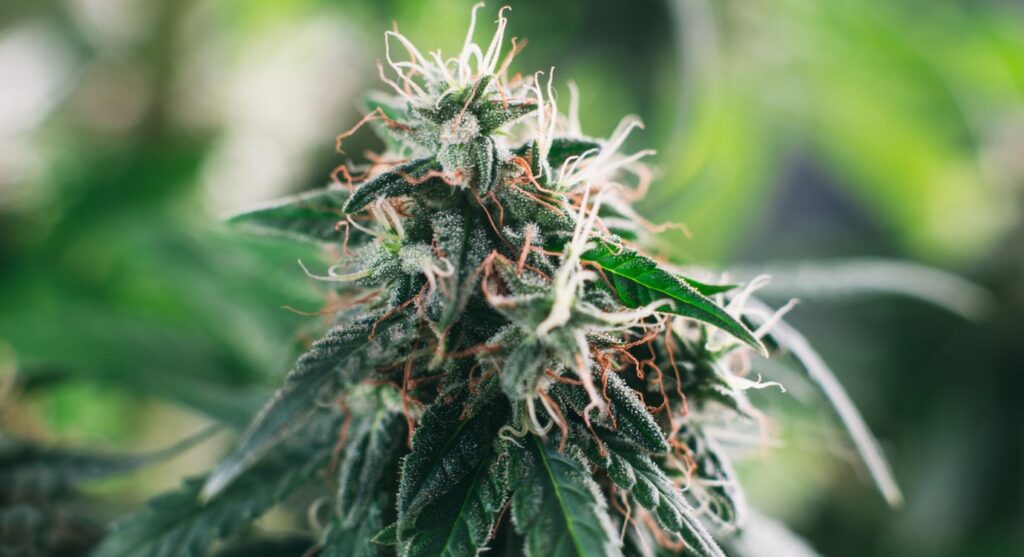

3. Appearance
At first glance, hemp and marijuana plants look pretty similar, both sporting that (in)famous fan of pointed leaves.
However, on closer inspection, you’ll find some notable differences in how these two varieties of Cannabis Sativa look.
Firstly, hemp and marijuana have different leaf shapes. Marijuana leaves are broader, while hemp leaves are narrower or skinnier.
The flowers and buds also look different. Marijuana plants have a tight, dense bud that resembles a nugget, with tiny hairs and crystals, while hemp buds are looser and less dense.
The overall shape of the bush also looks different. With hemp, the leaves are concentrated at the top of the plant, with sparse leaves or branches underneath. The plant is relatively skinny and tall, growing to 6 metres (20 feet).
In contrast, marijuana bushes are much shorter and denser and look like squat, fat bushes from a distance.
4. Growing Conditions
Hemp and weed have different optimal growing environments and require individualised growing techniques.
Growing marijuana
Commercial marijuana is generally (although not always) grown inside, so cultivators can closely monitor and control growing conditions.
The flowers (or “buds” as they are known in the industry) are the part of the plant harvested for recreational use.
THC is found throughout the marijuana plant but is most concentrated in the resin-filled glands of the flowers, called the trichomes.
For this reason, commercial marijuana is grown intentionally to maximise the THC concentration in the flowers.
This includes ensuring that the female flowers remain unfertilised by the male plant’s pollen, as they then produce more of the THC-rich resin.
All male plants are removed in commercial marijuana operations, with only their female counterparts cultivated.
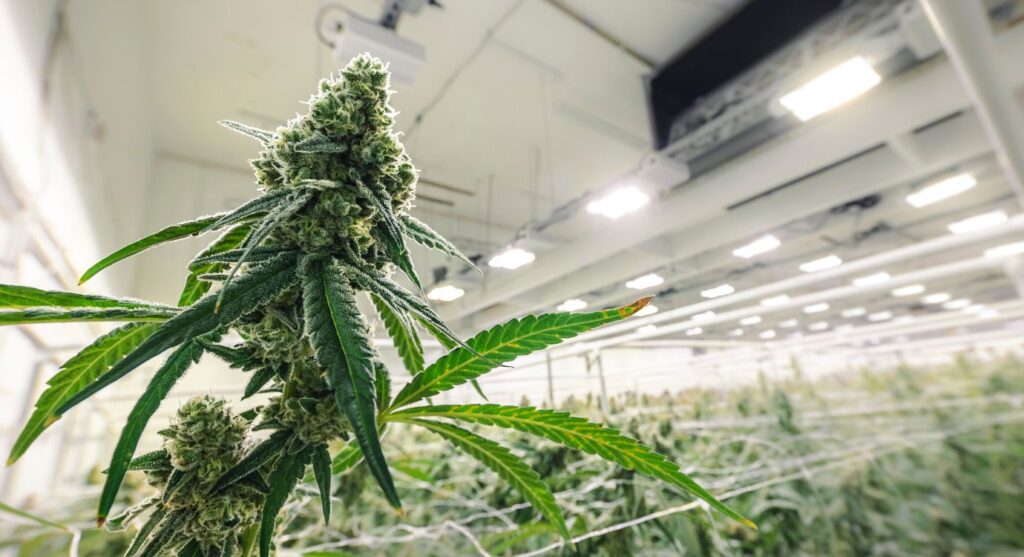

Growing hemp
While the majority of commercial marijuana is grown inside; hemp plants can be produced in more natural conditions.
Both female and male plants can be grown on a hemp farm and are usually sown very close together. This means the plants can easily pollinate each other using only the wind, which improves seed production.
Planting the crops close together also helps to control weeds, reducing the need for herbicides and chemicals.
This type of farming, combined with the low water and nutrient demand of hemp plants, is ideal for organic cultivation and has led to the wide availability of organic CBD products, with suppliers – including ourselves – offering CBD oil, topical CBD and CBD capsules derived from organically-grown hemp.
5. Legality
One of the key differences between hemp and marijuana is the legality of these plants and their products.
The legal status of marijuana
In the UK, it is illegal to grow, distribute or possess marijuana.
Marijuana is classified as a class-B drug in the UK. Therefore, producing and distributing marijuana can be penalised with up to 14 years in prison, an unlimited fine, or both.
This is despite the fact that – as alluded to earlier – medical cannabis is actually legal in the UK.
The plant remains illegal in many other countries, although it has recently been legalised or decriminalised in some countries and several states in the US.
The winds of change are certainly blowing – most notably in recent months, Thailand – once known for operating some of the world’s harshest drug penalties- has legalised cannabis.
The legal status of hemp
Hemp and hemp-derived products (including CBD) is prohibited in a few parts of the world, including Russia, China and the US states of Idaho, Nebraska and South Dakota.
However, in most countries, hemp and its products can be produced, sold and bought legally, as long as certain conditions are met.
Read more: Countries where CBD is legal and illegal
In the UK, hemp can be legally grown and distributed for commercial purposes, but only with a licence.
Likewise, UK companies can produce hemp-derived products, so long as they hold the appropriate licence, and products must meet specific requirements.
In the UK, licensed companies can produce CBD as long as it is derived from an EU-approved strain of industrial hemp and contains no more than 1mg of THC per bottle.
6. Uses
Marijuana uses
The most obvious use for marijuana is linked to its high THC content and associated psychoactive properties.
The THC cannabinoids in cannabis directly bind to the CB1 and CB2 receptors in the body’s endocannabinoid system, leading to euphoria and other mind-altering effects.
These effects can be achieved when the marijuana plant is smoked, inhaled or ingested.
These same properties mean that marijuana can be used therapeutically and for pain relief – which is now legal in several countries and US states.
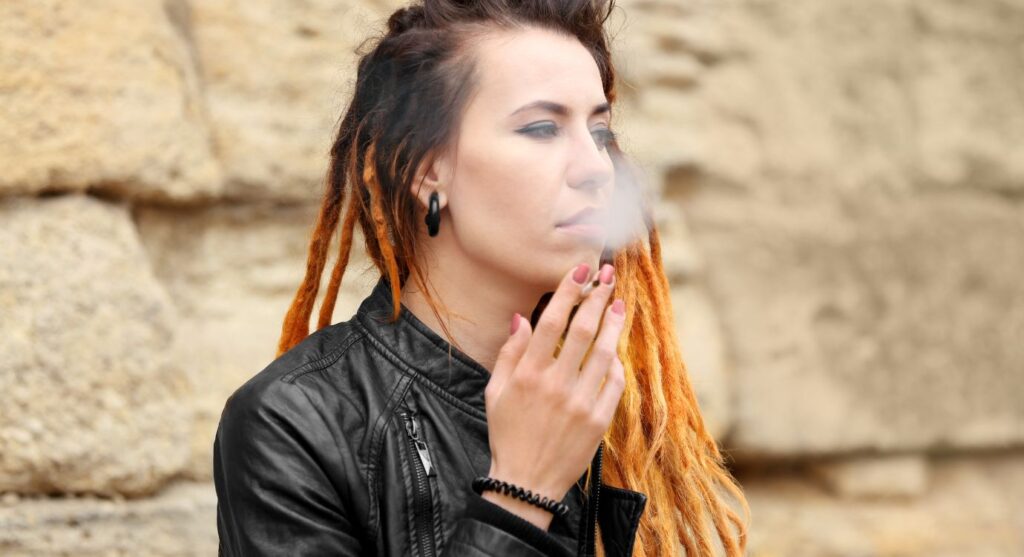

Hemp uses
Hemp is a truly multifunctional plant, with a myriad of uses and associated benefits.
It’s the source for all legal CBD products: cannabidiol (and other cannabinoids) are extracted from the hemp plant, before being made into oils, topicals and edibles.
Hemp seeds are commonly used to make food products such as hemp flour, cooking oil, and other foods and beverages.
Meanwhile, the strength of hemp fibre means the material is also instrumental in making industrial products, including paper, clothing, plastic and building materials.
Hemp is also incredibly good for the environment: the plant naturally remediates soil, and is highly efficient carbon sequester, making it a powerful weapon in the fight against the climate crisis.
The difference between hemp CBD and marijuana CBD
Both hemp and marijuana plants can be used to extract CBD. However, in the UK, the US and many other countries, legal CBD products are derived from hemp plants only.
Non-reputable CBD producers may (illegally) derive CBD from marijuana plants in order to save on production costs, which can lead to higher concentrations of THC in CBD. This is important as it could cause you to fail a CBD drug test.
Read more: How is CBD extracted
Final thoughts on hemp vs marijuana
Marijuana and hemp plants are family.
But despite their common ancestors, the two varieties of Cannabis Sativa L plants have been cultivated and bred by humans for thousands of years, each type modified for its specific purpose.
In recent history, a lack of education around the numerous uses and benefits of Cannabis Sativa L has led to both hemp and marijuana being lumped under one roof, stigmatised and criminalised.
However, as science increasingly points to a myriad of uses for both marijuana and hemp – we are slowly rediscovering the benefits of hemp products, from environmentally-friendly industrial products to improving our well-being with CBD oils and capsules.


